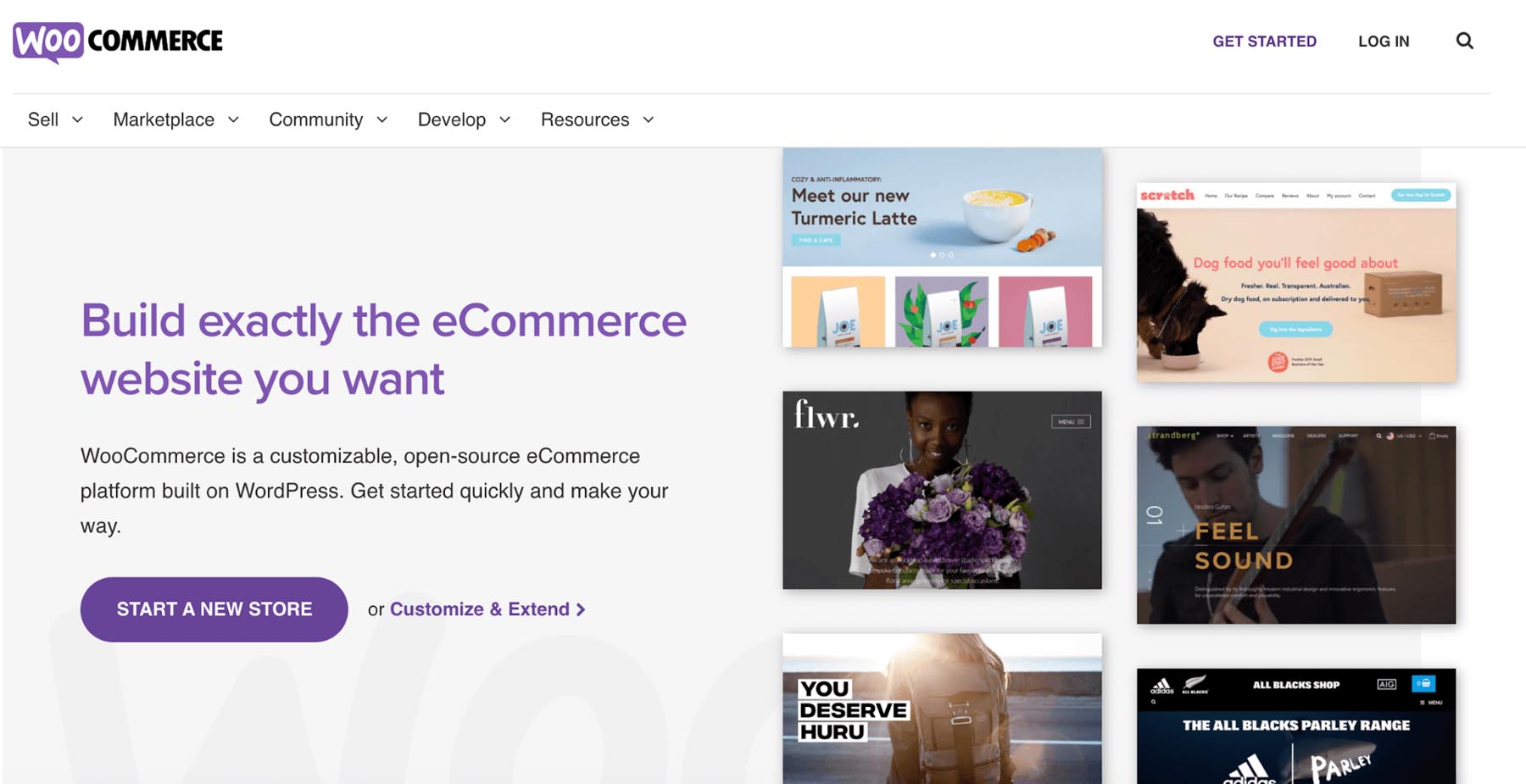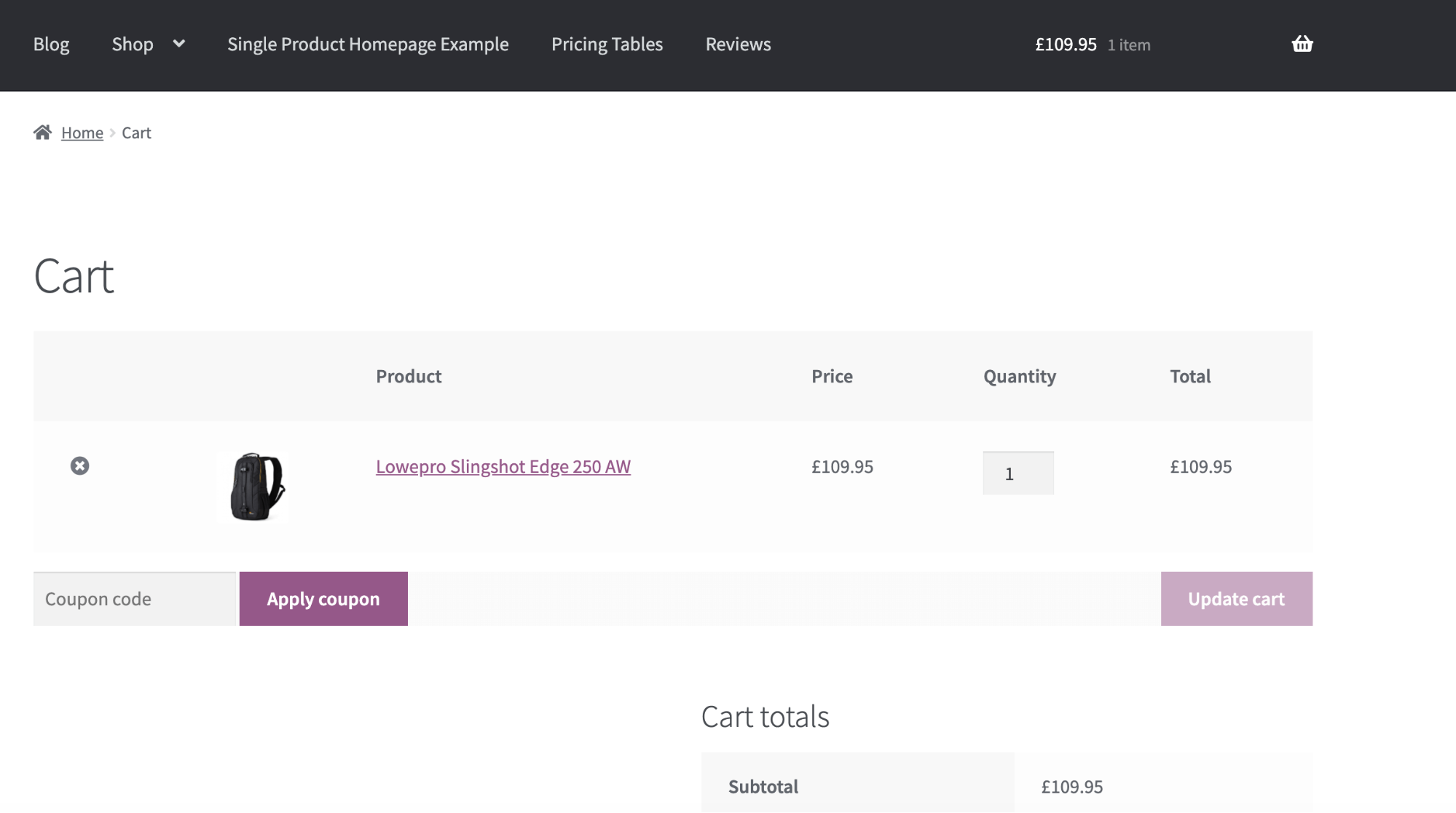South Africa has a growing e-commerce sector that’s projected to reach R225 billion in the next 5 years. There is large opportunity in the e-commerce sector although breaking into the e-commerce market does have its challenges.
What should you know about breaking into e-commerce?
We’ve collated tips from industry experts to guide you through the process of making your e-commerce store successful.
How to choose an e-commerce platform
Your first task is choosing between a hosted or self-hosted e-commerce platform.
Hosted platform: Shopify is the recommended hosted platform.
The benefit of a hosted solution is that you can launch your store within minutes. The shortcoming of hosted solutions is that they can be difficult to customise.

Self-hosted: We recommend the e-commerce platform, WooCommerce as an excellent platform.
The benefit of a self-hosted platform is that you have more options to customise your site.
“When it comes to choosing an e-commerce platform to build your site on, entrepreneurs in SA should only choose between WordPress or Shopify. These platforms are the most established, offer the widest range of support and both have a wide range of plugins and apps that allow you to add extra functionality to your website as you grow which means you won’t need to hire a developer every time you want to make a change.”
Warrick Kernes, Insaka

“As a WordPress web design agency owner, my go-to platform is WooCommerce. It’s also the most popular e-commerce platform in the world, with 26% market share. I recommend WooCommerce as it’s easy to use, cost-effective and well supported”.
Felix Norton, Woww
To learn more about starting an online store with WooCommerce, visit Woww’s new course – Win with Woo.
How to choose an e-commerce hosting provider
If you opt for a hosted solution, it’s important to choose a reliable hosting provider. We recommend opting for a company that offers good performance and uptime rates, plus 24/7 customer support. It makes sense to opt for a provider that has servers located in South Africa. This helps you provide a high level of performance to your local customers.
Xneelo is a good choice for a reliable hosting provider that caters to small businesses.

How to build an online store
Once you’ve chosen your hosting partner, you’ll need to create your online store. These include sections like a shopping cart and checkout page, as well as an area where returning customers can log into their accounts.
This article outlines how to create all the essential elements of an e-commerce store.

To help drive conversions, your site must have order persistence. This means customers can return and complete their purchases later. Some shoppers may be hesitant to share their payment information online, so it’s also vital that you meet important security standards, including installing a Secure Sockets Layer (SSL) certificate.
4 tips to break into the South African e-commerce market
It’s important to tailor your store to your target audience. With that in mind, here are four tips for appealing to South Africa’s growing e-commerce market.
1. Prioritise the most popular product categories
According to the International Trade Administration, the top e-commerce product categories in South Africa are clothing/apparel and media. If your business operates in any of these areas, you’re ideally placed to sell to South African customers.
If you’re an international company, it’s smart to feature these product categories more heavily on your e-commerce site. Even if your store sells products outside of those niche areas, they can be useful for catching the attention of your South African audience.
At the same time, consider the practical logistics of the products that you choose to sell.
“The number one thing to think about when starting an online store is choosing the right product. Unlike physical stores, you need to take into account the logistics. Factor in the shipping weight, size, delivery distance and how perishable your product might be”.
Felix Norton, Woww
2. Support South Africa’s preferred local payment methods
If customers can’t pay using their preferred methods, they’re likely to abandon their online shopping cart. In South Africa, 41% of all e-commerce transactions are completed using a credit or debit card, while Electronic Fund Transfer (EFT) accounts for another 20%.
Due to an increase in credit card fraud, the Payment Association of South Africa mandates the use of 3D Secure. This means your store must implement 3D Secure at checkout.
Many popular e-commerce platforms support EFT and card payments, including WooCommerce and Shopify. By choosing a platform that supports these gateways out of the box, you can reduce the time and effort required to launch your online store.
Alternatively, you can process payments using a mobile solution like SnapScan. This popular app removes the need for cards and EFTs, which can positively impact your conversions and cart abandonment rates.
3. Optimise for local search engines
Search Engine Optimization (SEO) is vital for driving traffic to your online store but you must localise your store for the South African market. One of the easiest ways to do this is to make your site multilingual. By creating Afrikaans and English versions of your store, you’ll stand the best possible chance of getting your store indexed in popular South African search engines.
4. Calculate taxes and duties
To reduce cart abandonment and ensure reliable delivery, we recommend displaying all local taxes and duties upfront. This involves assigning Harmonised System (HS) tariff codes to all of your products.
HS is an international system that enables customs departments to classify traded items. You can use these codes to calculate the taxes and duties that you need to apply to each product.
It’s time to become South Africa’s next e-commerce success
Taking your business online can be a daunting prospect. However, the biggest South African e-commerce market had a revenue of over 55 billion rands in 2020, and that’s continuing to grow.
By creating an e-commerce store that’s localised and optimised for the South African market, you’ll be in an ideal position to connect with a huge (and expanding) audience of online shoppers.
“Lean on the e-commerce community. You’re not alone. This can be a lonely journey if you try to figure it all out on your own – there are already thousands of people on the same journey and you should lean on them to find the answers to your questions.”
Warrick Kernes, Insaka
If you would like to learn more about the web development and design side of creating an E-commerce site, take a look at CodeSpace’s course options.
